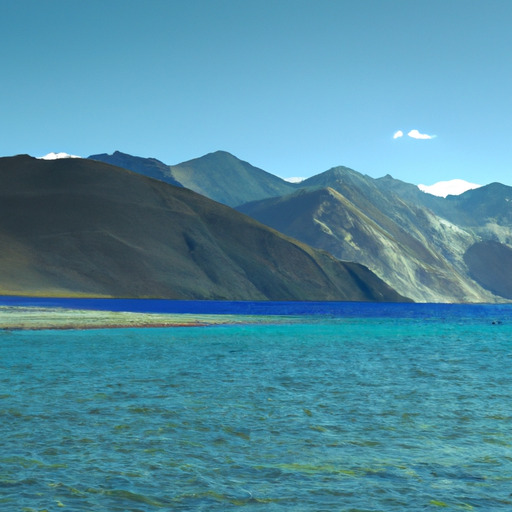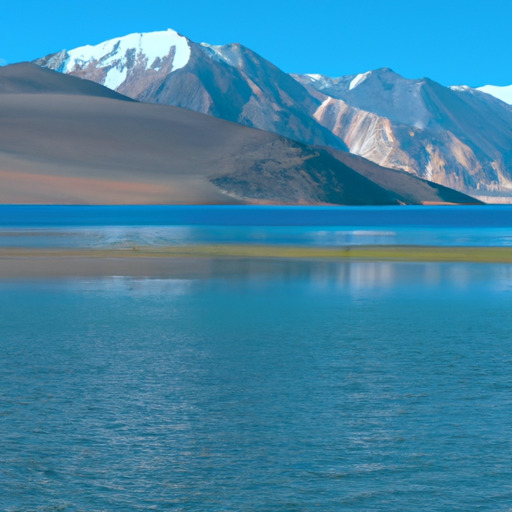Table of Contents
Introduction
Pangong Tso, also known as Pangong Lake, is a high-altitude lake located in the Himalayas of Ladakh, India. It is one of the most beautiful and serene lakes in the world, and is a popular tourist destination. But how deep is Pangong Tso lake? This article will explore the depth of the lake, its history, and its importance to the local people. Additionally, Book Manali Pangong Leh Srinagar Package Now!
Is Pangong Tso lake open?
Yes, Pangong Tso lake is open! Located in the Himalayas, this beautiful lake is a popular tourist destination. It is situated at an altitude of 4,350 m (14,270 ft) and is one of the highest lakes in the world. The lake is 134 km (83 mi) long and extends from India to Tibet.
The lake is open to visitors all year round, although the best time to visit is from April to October. During this time, the lake is usually calm and the weather is pleasant. The lake is also a great spot for bird watching, as it is home to a variety of migratory birds.
If you’re planning a trip to Pangong Tso lake, make sure to bring warm clothing and plenty of water. The lake is located in a remote area, so it’s important to be prepared.
We hope you have a great time exploring this stunning lake!
The Unfathomable Depths of Pangong Tso: How Deep is the Lake?

Have you ever wondered how deep Pangong Tso, the beautiful lake in the Himalayas, really is? Well, you’re not alone! This stunning lake has captivated the hearts of many, and its unfathomable depths have been the source of much curiosity.
So, just how deep is Pangong Tso? The answer is not as straightforward as you might think. The lake is actually quite shallow in some areas, with a maximum depth of only about 30 feet. However, in other areas, the lake can reach depths of up to 130 feet. This means that the average depth of the lake is around 65 feet.
But that’s not all! Pangong Tso is also home to some of the deepest trenches in the world. In fact, some of these trenches have been measured to be as deep as 1,000 feet! This means that the lake is actually much deeper than it appears on the surface.
So, the next time you’re admiring the beauty of Pangong Tso, remember that its depths are much more mysterious than they appear. The lake is a true testament to the power of nature, and its depths are truly unfathomable.
Is Pangong Lake allowed to visit?
Yes, Pangong Lake is open to visitors! Located in the Himalayas, this stunning lake is a must-see for anyone visiting the region. The lake is situated at an altitude of 4,350 meters and is one of the highest saltwater lakes in the world. It is also the largest brackish lake in Asia, stretching over 134 kilometers.
The lake is a popular destination for tourists, offering stunning views of the surrounding mountains and the lake itself. Visitors can take a boat ride on the lake, go for a hike, or simply take in the breathtaking scenery.
When visiting Pangong Lake, it is important to remember that the lake is located in a sensitive area and visitors must follow the rules and regulations set by the local authorities. It is also important to be aware of the weather conditions, as the lake can be very cold and windy.
In general, one should not miss Pangong Lake as it is a stunning and distinctive destination. So, if you’re planning a trip to the Himalayas, make sure to add Pangong Lake to your itinerary!
Q&A
Q: How deep is Pangong Tso lake?
A: Pangong Tso lake is approximately 134 meters (440 feet) deep at its deepest point.
Q: What is the average depth of Pangong Tso lake?
A: The average depth of Pangong Tso lake is approximately 28 meters (92 feet).
Q: What is the maximum depth of Pangong Tso lake?
A: The maximum depth of Pangong Tso lake is approximately 134 meters (440 feet).
Conclusion
Pangong Tso Lake is an incredible natural wonder that is both beautiful and mysterious. It is a deep lake, reaching depths of up to 143 meters, and is home to a variety of wildlife. Its unique location and stunning scenery make it a popular destination for tourists and locals alike. The lake is a reminder of the beauty of nature and the importance of preserving it for future generations.



0 Comment